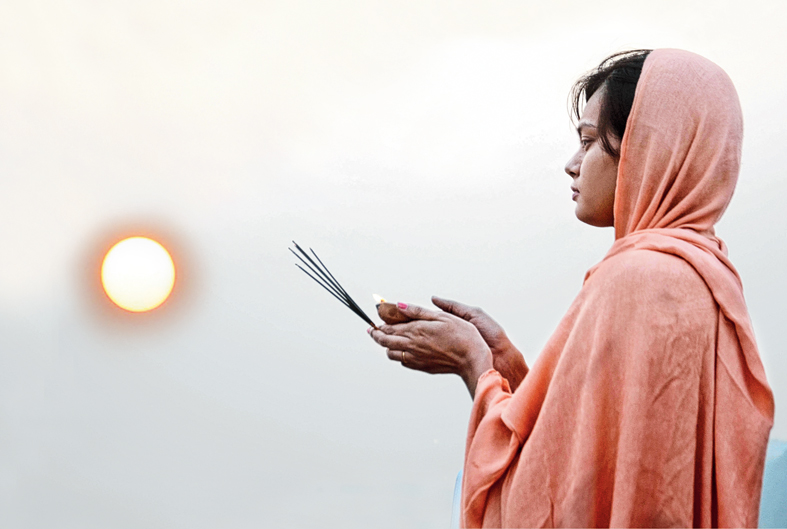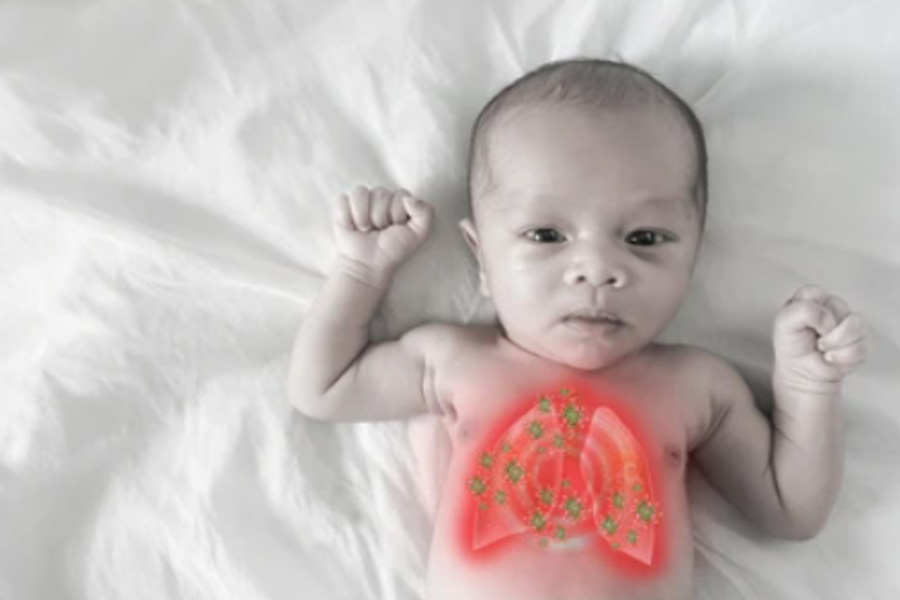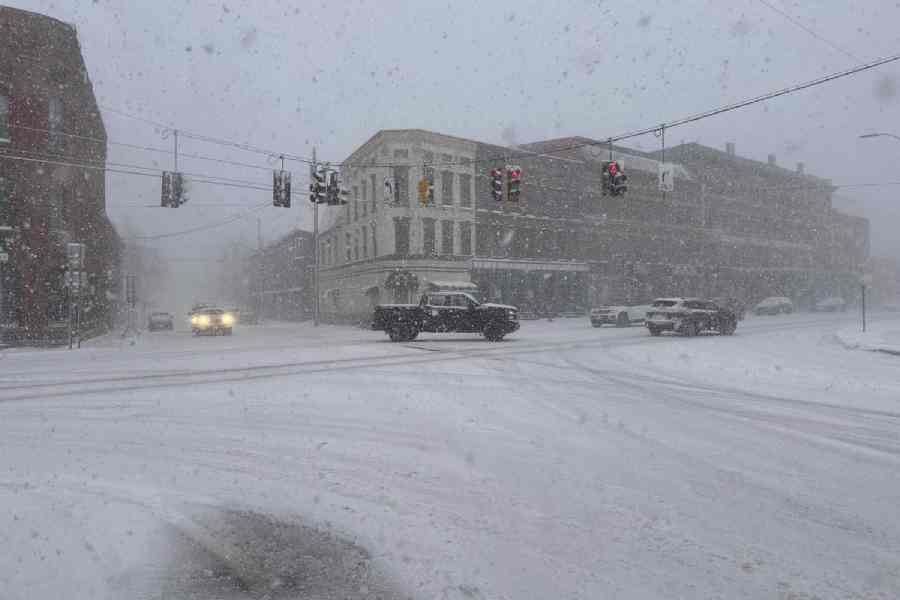Born and brought up in undivided Andhra Pradesh, I did not know about the festival of Chhath till I joined the Biharcadre in 1995. As I grew in the cadre and served in different posts, the festival grew on me. Working as district magistrate in different districts, maintaining law and order and making and supervising arrangements for the devotees becomes an important task for the district administration. As I saw lakhs of people congregating at the ghats to celebrate this festival, even I became one with them in expressing my sincere thanks to the all-pervasive Surya, the source of life on this planet.
Sun worship across cultures
The concept of Sun worship is one nearly as old as mankind itself. In societies that were primarily agricultural, and depended on the Sun for life and sustenance, it is no surprise that the Sun became deified. In India since the ancient times Sandhya Vandana (worship of Sun during sunrise and sunset) with Gayatri Mantra is a regular ritual which has to be performed by the people as a mark of respect to the source of life on Earth.
In many Native American cultures, such as the Iroquois and Plains people, the Sun was recognised as a life-giving force. Many of the tribes residing in the plains still perform a Sun dance each year, seen as a renewal of the bond man has with life, the Earth, and the harvest season.
In Meso-American cultures, the Sun was associated with kingship, and many rulers claimed divine rights by way of being descendants of the Sun. Even in India people believe that Lord Ram was a descendant of the Sun and belongs to the Ikshvaku dynasty.
Sun worship has also been found in Babylonian texts and in a number of Asian religious cults. For people in ancient Egypt, the Sun was a source of life. It was power and energy, light and warmth. It was what made the crops grow each season, so it is no surprise that the cult of Ra had immense power and was widespread. The Greeks honoured Helios, who was similar to Ra in his many aspects. The cult of Helios celebrated each year with an impressive ritual that involved a giant chariot pulled by horses off the end of a cliff and into the sea. Even in Hindu religious texts, the Sun is represented as riding the chariot pulled by seven horses.
Chhath Puja in India
Chhath Puja is an important festival of Hindus. It is celebrated in Bihar and Uttar Pradesh and in some parts of Bengal, Jharkhand, Odisha, Assam and also Mauritius and Nepal outside India.
Chhath Puja takes place during the sixth day (Shasthi) of the lunar fortnight (Shukla Paksha) of Kartik month of the Hindu calendar. It generally falls in the month of October-November. The festival lasts for four days.
In this important festival, first the setting Sun is worshiped and the next day the rising Sun is worshipped.
The belief is that if observed with full faith and devotion, the Sun God fulfils all wishes of the worshipper if arghya is offered with complete dedication and devotion. It is a festival connected with purity and devotion to the Sun God who is considered the source of life on Earth and the deity who fulfils all our wishes.
Along with the Sun God people worship Chhathi Maiyya on this day.
Festival for all
On this festival, devotees assemble at the ghats of rivers and ponds and take a holy dip before preparing offerings (prasad).
Another important aspect of this festival is all things used should be natural. For example, the chulha (earthen stove) is made out of clay, the firewood is used from the mango tree and the offerings are placed on a bamboo tray called soop.
Even the offerings are simple fruits and vegetables and spices like haldi and ginger plants, which are locally available during that time. The main constituent of the offerings is thekua, which is a wheat-based cookie.
Chhath is a common man’s festival and doesn’t require a pandit to perform the rituals.
In fact there are no mantras recited during the puja. It is simple devotion and faith which are required to perform this puja.
Secular festival
Chhath is one of the secular festivals where there is a social and emotional connect in the society, where even the Muslim men and women participate and help the devotees in the preparations. Muslim women make the earthen chulhas during this season and sell them to the devotees.
All natives of Bihar go to their native places and perform this festival with their families. The entire family comes together for the preparations and the festival reinforces the family bond. Chhath is celebrated throughout the world, wherever Biharis reside. There are Sun temples outside Bihar also, like Konark in Odisha, and many other places in India but we don't see such exemplary devotion and faith in Sun God and a full four-day festival dedicated to this deity anywhere in the country.
The author is a senior civil servant. The views expressed are personal.
Dr N. Vijayalakshmi is a 1995 batch Bihar cadre IAS officer who is currently posted as secretary, animal and fish resources department, and managing director of the Women Development Corporation. Apart from working in various departments, she has served in the field in Ranchi and Lohardaga (in undivided Bihar) Muzaffarpur, Patna, Saran and Nawada. She hails from Andhra Pradesh, and is an MSc in zoology and MA in anthropology. Apart from winning various awards for her works, she has also authored several books, including one in Hindi Baat Shaadi Ki related to child marriages which has been published by the National Book
Trust. While serving in Bihar, she got attracted to the Chhath Puja and started observing it. Her spouse S. Siddharth, also an IAS officer, is principal secretary in the finance department.











